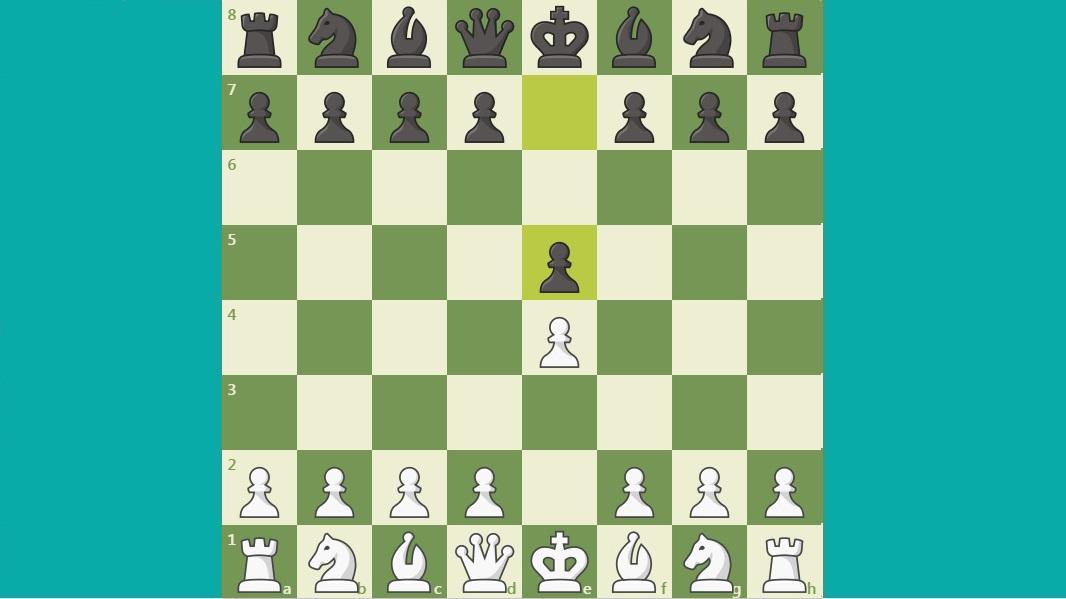
Why Does White Have Such a Big Advantage in 3 Check? (1.e5 Refutation)
White starts the game with a huge advantage in 3 Check and in this post I will demonstrate why this is the case. White can use their first move to gain one or more of the following advantages:
- A space advantage
- More active pieces
- A material advantage
- An initiative
- A free check
- A safer King
In standard chess these advantages are important but not always decisive. In 3 Check, however, the stakes are much higher and any advantage that one player has is greatly magnified. Even having more space in 3 Check is often a decisive advantage and very often Black can't prevent White from claiming this space if they want it. This is because Black is usually forced to play e6 early on and this gives White a free hand to completely dominate the center with their pawns. For more information on how to exploit a space advantage you can read my blog post here.
But why can't Black play 1.e5 in response to 1.e4 to prevent White from establishing this space advantage? The reason is that White can target Black's weak f7 pawn when Black doesn't have a convenient way to defend it. Black can in turn target White's weak f2 pawn but since White goes first they will be the one with the initial threats and Black will be forced to make concessions with their development in order to defend. This will then give White time to defend their weak f2 pawn in a convenient way, without making any concessions.
To recap:
Plans and ideas:
- When Black plays e5 play Bc4 to build up pressure on f7. Later you can focus on eliminating or distracting the defenders of this square. You shouldn't take on f7 until you can follow up with additional checks or threats.
- Focus on quick, simple development.
- Ideally you want to meet Bc5 with castling to defend f2.
- After castling you should usually try to open lines in the center as quickly as possible to exploit your lead in development.
- Look for opportunities to target Black's poorly placed pieces.
